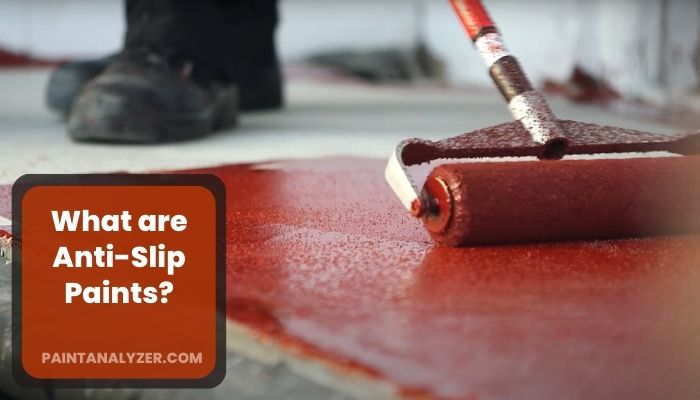Reference




OpenAI's Answer
Anti-slip paints increase surface friction, especially in wet conditions, by incorporating various materials and substances that create a textured surface. Here’s how they work:
-
Microscopic Roughness: Anti-slip paints create tiny microscopic bumps on the painted surface. These bumps enhance friction between the surface and objects or people that come into contact with it, reducing the risk of slipping even when the surface is wet or oily source.
-
Additives: These paints often include additives such as glass beads, silica, or polymeric particles. When these additives are mixed with the paint, they produce a textured surface that offers improved grip and prevents slipping in wet conditions source.
-
Nanoparticles: Some anti-slip paints use nanoparticles which significantly increase surface roughness without noticeable macroroughness. This innovative approach can enhance slip resistance effectively, especially under wet conditions source.
By using these methods, anti-slip paints maintain or increase friction in adverse conditions, making surfaces safer for walking or other activities.

Follow Up
Related
What was the anti-whaling mechanism intended to prevent?
What role did the Boxer Uprising play in Twain's anti-imperialist views?
Why are non-bonding anti-graffiti coatings especially useful for decorative surfaces?
What side effects are associated with anti-inflammatory drugs according to the 1992 study?